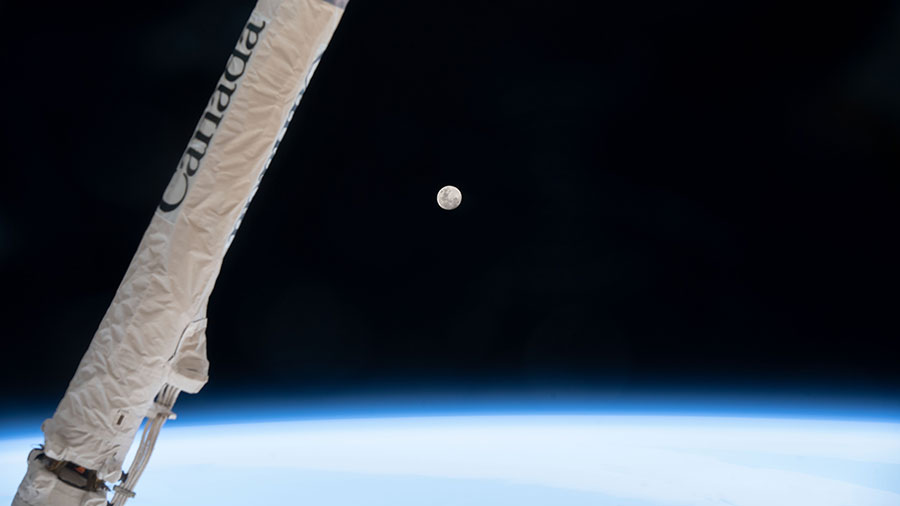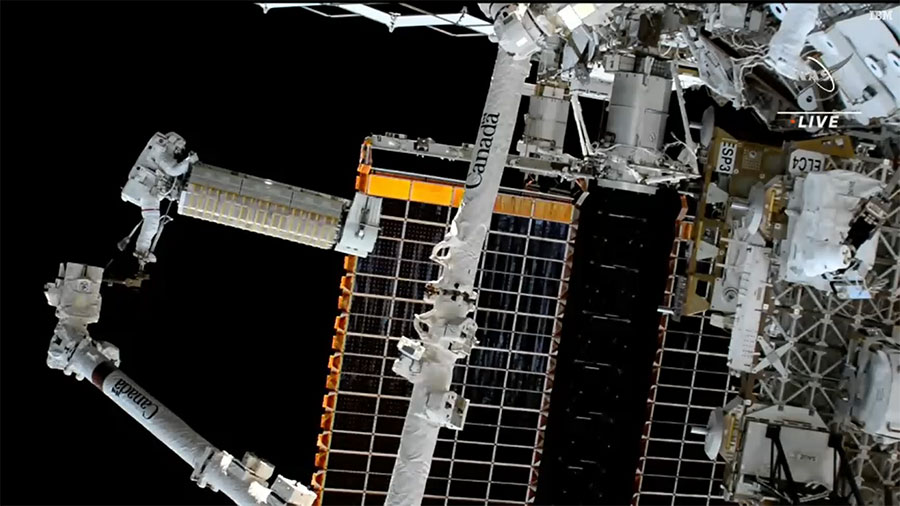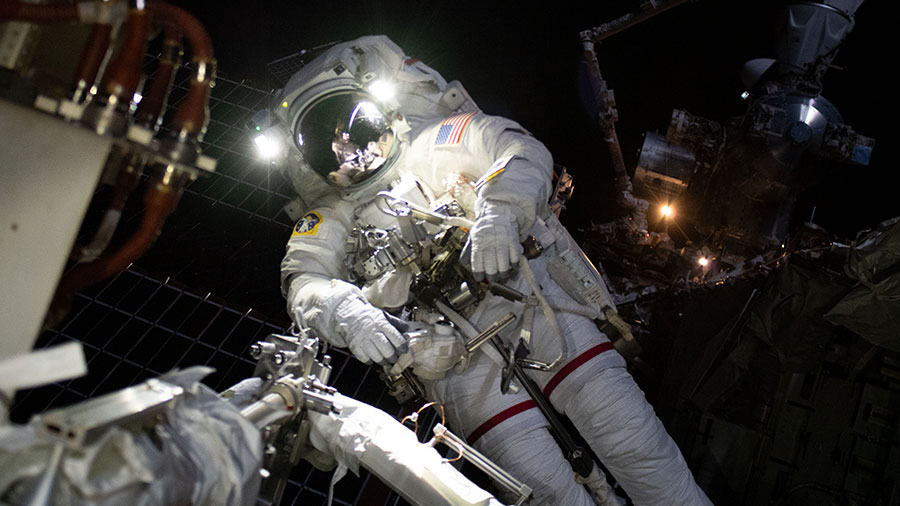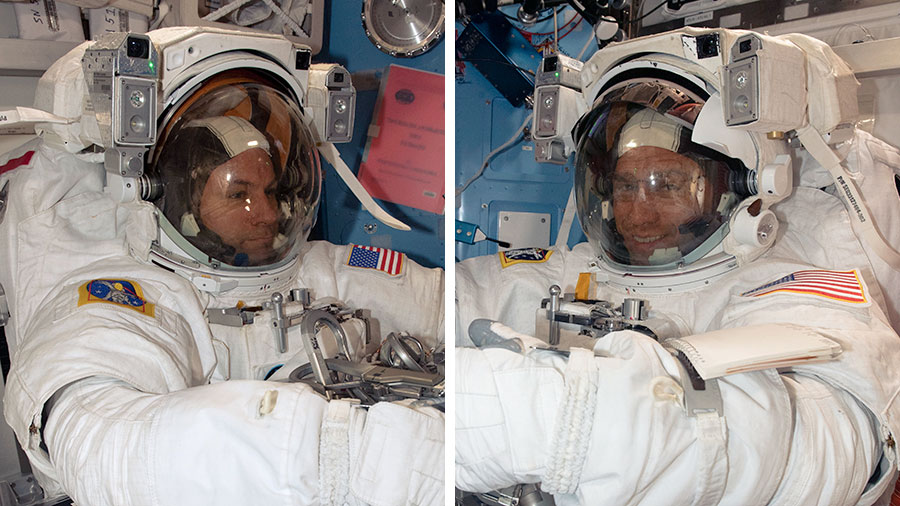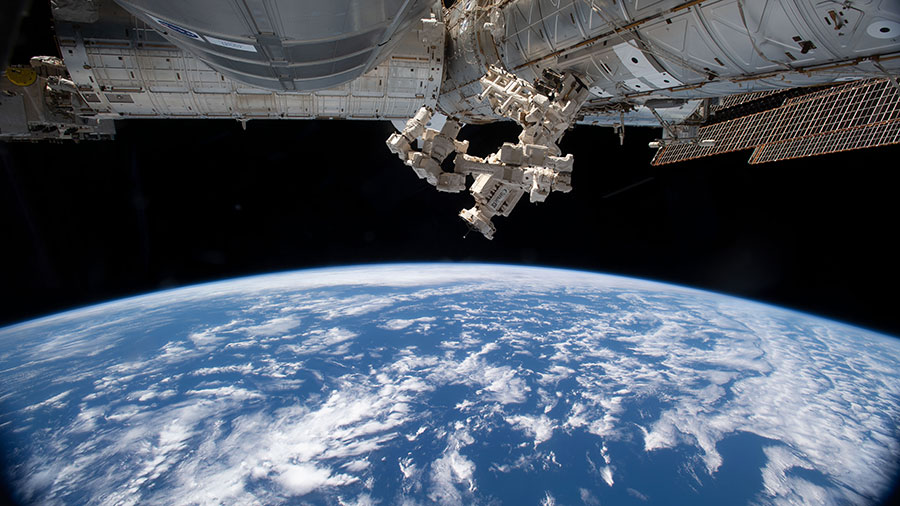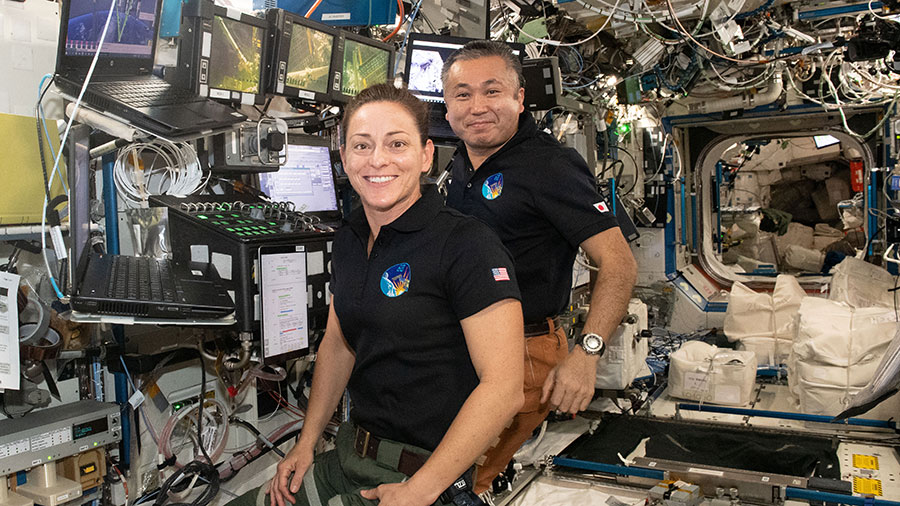
Life science and space physics filled the research schedule on Tuesday for the four Expedition 68 astronauts aboard the International Space Station. The orbiting lab’s three cosmonauts spent the day servicing Orlan spacesuits while maintaining electronics and life support systems.
Following a day off on Monday, the space station’s four astronauts turned their attention to a multitude of space science activities. The dominant research themes on Tuesday were biology and fluid physics with scientists on the ground using the observations to improve life for humans living on and off the Earth.
NASA Flight Engineer Frank Rubio had his hands full on Tuesday with numerous science investigations requiring his attention. Rubio opened up the Fluids Integrated Rack in the morning to support the Flow Boiling and Condensation Experiment that may provide insights into improving thermal systems in microgravity. Afterward, Rubio analyzed water samples collected from the station’s Water Processing Assembly. Next, he stowed research samples into a science freezer before attaching a protective cover on a specialized microscope that observes the fundamental nature of cellular and tissue structures. Finally, Rubio activated an experiment that is studying how weightlessness affects genetic expression in microbes to understand bacterial adaptation and protect astronauts.
Astronauts Josh Cassada of NASA and Koichi Wakata of the Japan Aerospace Exploration Agency took turns nourishing biology samples for a study observing how bones heal in space. Cassada earlier filled water bags that will support the Plant Habitat on an upcoming botany experiment. Wakata began operations to conclude a series of student-designed experiments using NanoRacks commercial research hardware.
NASA Flight Engineer Nicole Mann spent Tuesday scrubbing cooling loops inside the Extravehicular Mobility Units (EMUs), or spacesuits, the Cassada and Rubio wore during a spacewalk on Dec. 3 to install a roll-out solar array. The next spacewalk planned for Cassada and Rubio is scheduled for Dec. 19 to install a second roll-out solar array on the station’s port-side truss structure.
Two cosmonauts continued replacing components inside a pair of Orlan spacesuits they will wear on a spacewalk planned before the end of the year. The next spacewalk for Commander Sergey Prokopyev and Flight Engineer Dmitri Petelin will see the duo relocate a radiator from the Rassvet module to the Nauka multipurpose laboratory module. Flight Engineer Anna Kikina was back on lab maintenance on Tuesday installing a variety of electronics hardware, connecting cables and working on an oxygen generator.
Learn more about station activities by following the space station blog, @space_station and @ISS_Research on Twitter, as well as the ISS Facebook and ISS Instagram accounts.
Get weekly video highlights at: http://jscfeatures.jsc.nasa.gov/videoupdate/
Get the latest from NASA delivered every week. Subscribe here: www.nasa.gov/subscribe

